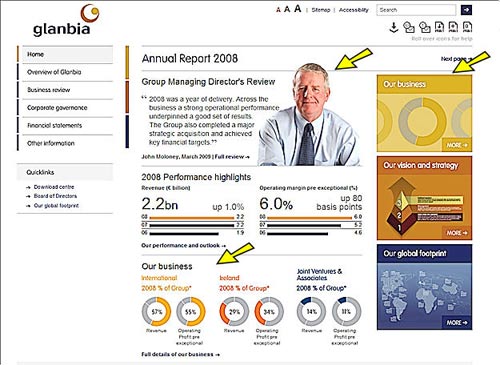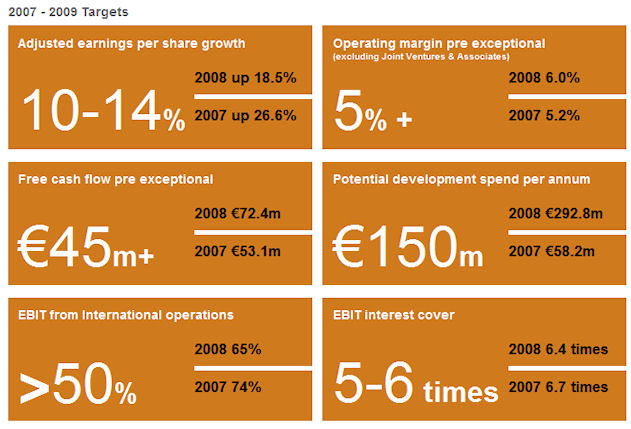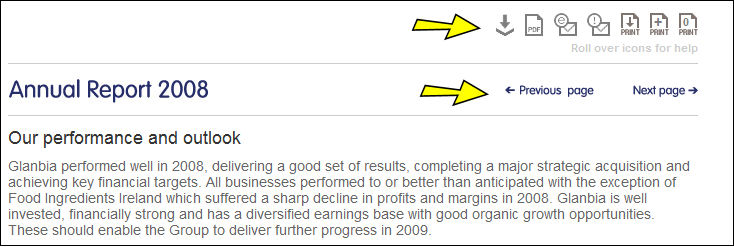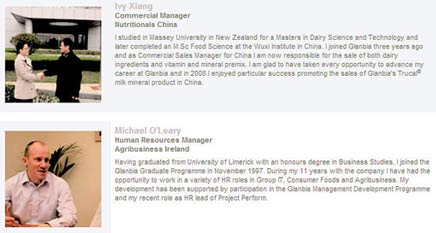Start thinking about real time. Start now.
If that statement makes perfect sense, you can probably stop here and return to your Twitterstream. If not, read on.
ReadWriteWeb took a swing at Explaining the Real-Time Web in 100 Words or Less. Here’s the first sentence:
The Real-Time Web is a paradigm based on pushing information to users as soon as it’s available–instead of requiring that they or their software check a source periodically for updates.
And here’s the last sentence:
Real-time information delivery will likely become ubiquitous, a requirement for almost any website or service.
ReadWriteWeb is not infallible, but still pretty authoritative–so let’s assume this topic is important! However, that definition was published on September 22, 2009, and “two months ago” equals an eternity in real time. So we fast-forward to a very recent post and presentation by the guru of now, Jeremy Owyang: Real Time Web Is Not Fast Enough—Three Strategies For Business.
While I’m writing this, Jeremy is tweeting his real-time observations from LeWeb, “Europe’s largest Internet conference,” which is focused this year on (you guessed it) “Real Time.” And LeWeb is live broadcasting in another window on my desktop.
Which is a perfect example of the real-time-web experience. I’m semi-watching the conference (which is in another country) along with nearly 3,000 other viewers, while getting tweets from people who are there, while simultaneously researching the topic on the “slow-time web” and writing about it on my WiFi laptop.
All of this takes very little effort on my part (though of course I’ve spent time setting up the infrastructure). Nor do I need fancy equipment—everything I use comes from regular retailers and is reasonably priced–and I have normal broadband cable service, which is not especially fast.
There really are few barriers between the average user and the real-time web. But there are some real challenges involved for companies.
Jeremy writes:
Real time data is exploding at a rapid pace with the influx of status features and mobile devices. This brings new opportunities for people to get information when they need it and opportunities [for] the companies that want to provide contextual information. Yet, despite the opportunities, most companies are unable to keep up with the “Slow time” web as it is.
More to come about those challenges—and some emerging prescriptions—in future posts. But for now, I strongly recommend Jeremy’s post mentioned above, along with a more detailed version in which he offers some forward thinking about “what’s next” (the Intention Web) and how business can meet the challenges of “right now.”
Takeaway: The time to start thinking about now is . . . well, you see the point.
(Many thanks to kasrak for the evocative “self-portrait.”)

 Microsoft has been investing a lot of manpower and money into turning its struggling brand around and making it a powerhouse again. With brands like Apple and Google beating Microsoft in terms of innovation and creativity, Microsoft has done its best to keep up with the release of its Bing search engine and “I’m a PC” commercials in 2009. It looks like some of those efforts are working.
Microsoft has been investing a lot of manpower and money into turning its struggling brand around and making it a powerhouse again. With brands like Apple and Google beating Microsoft in terms of innovation and creativity, Microsoft has done its best to keep up with the release of its Bing search engine and “I’m a PC” commercials in 2009. It looks like some of those efforts are working.




